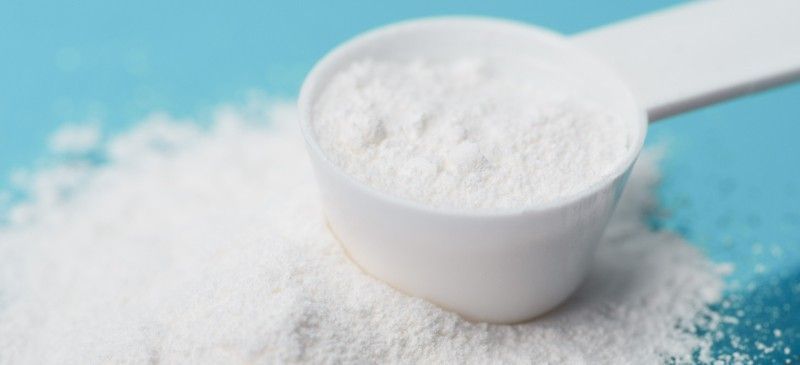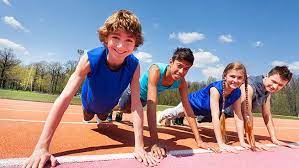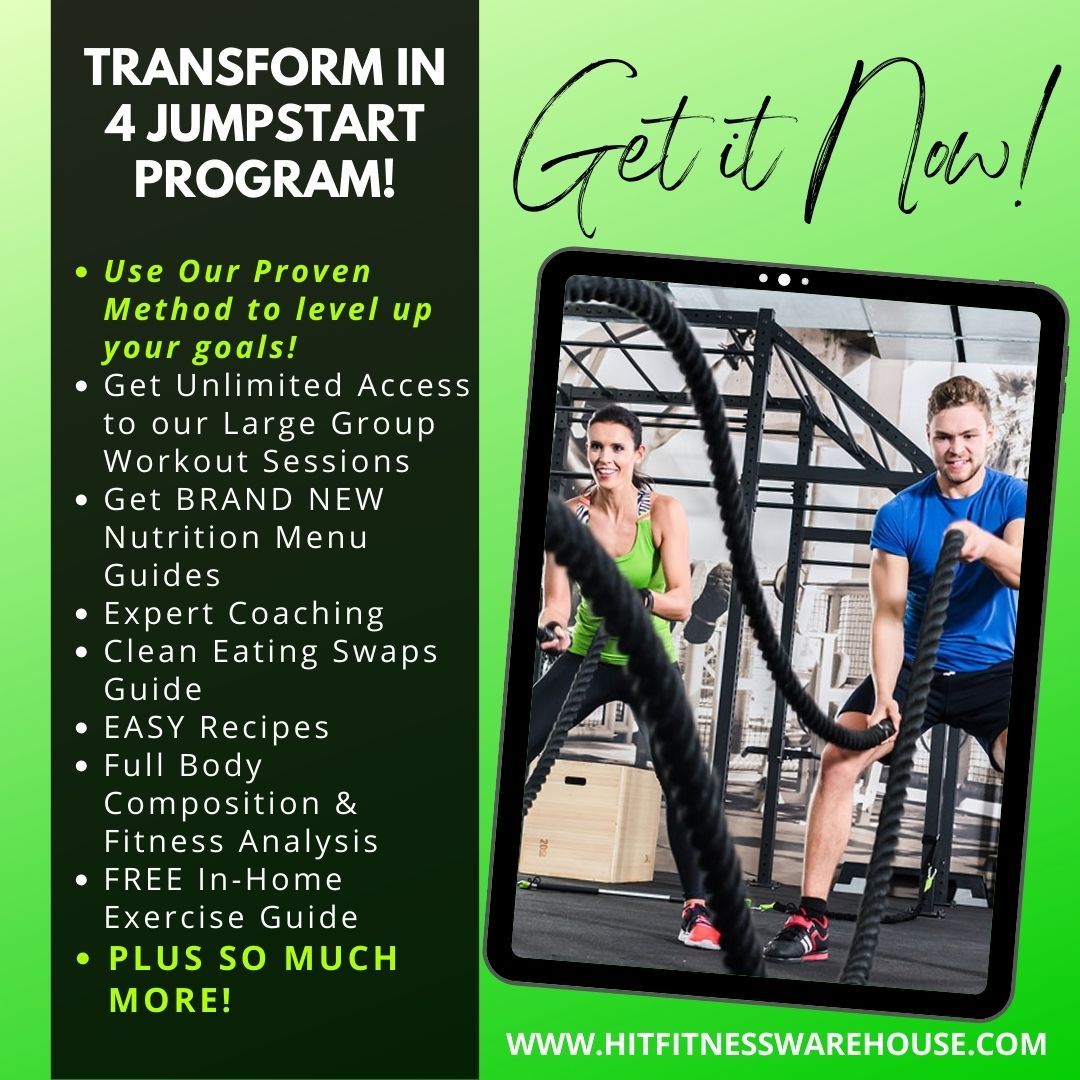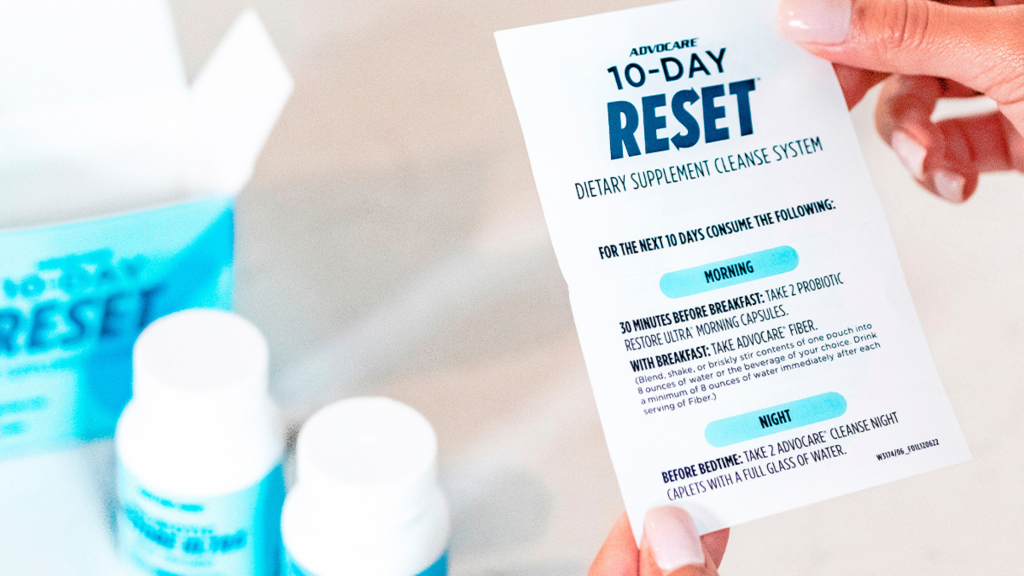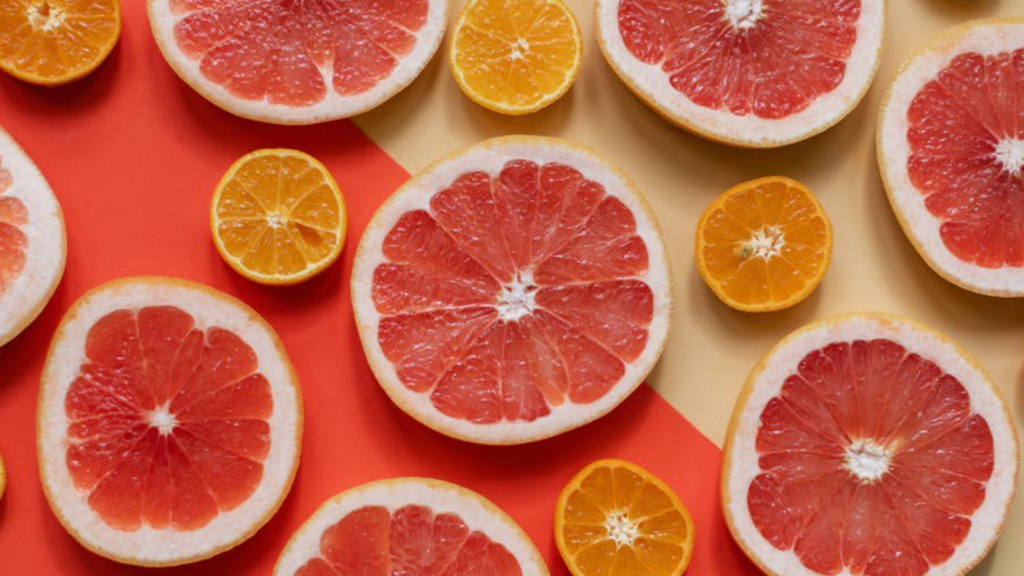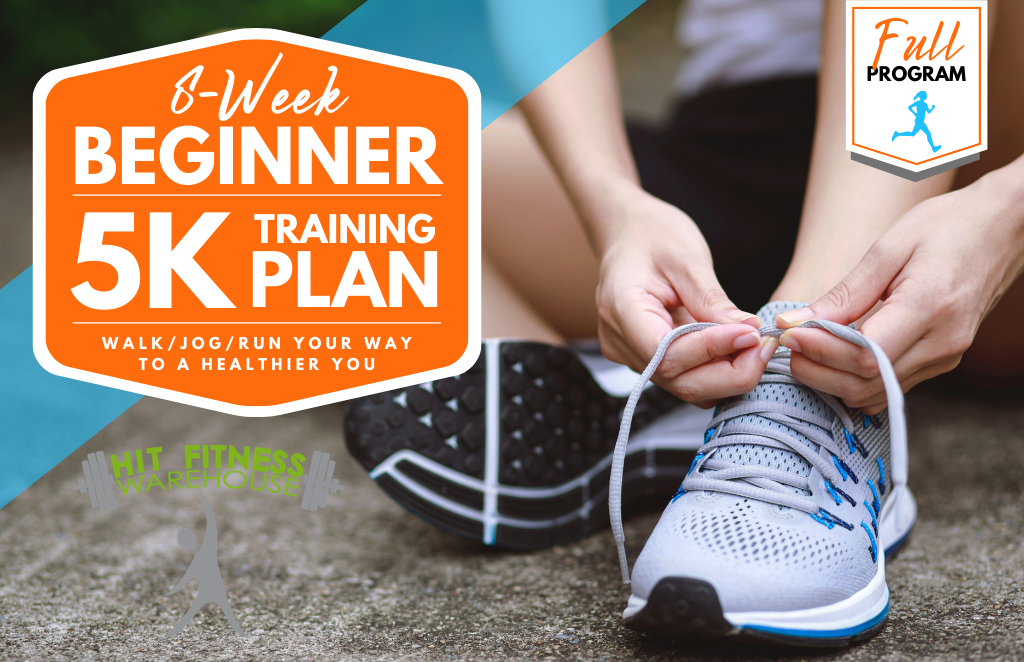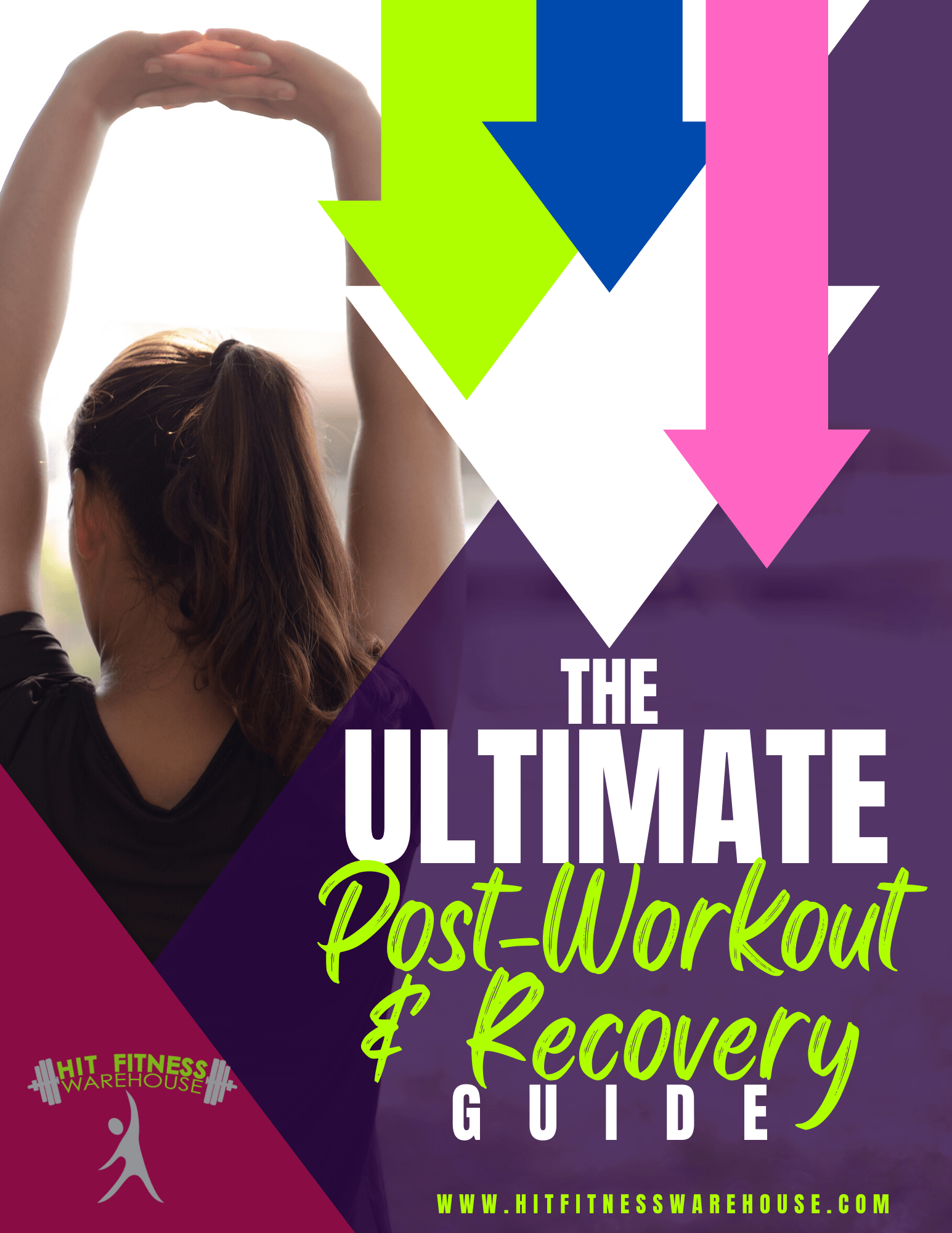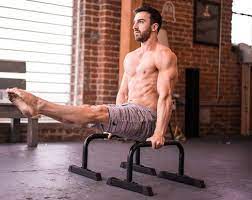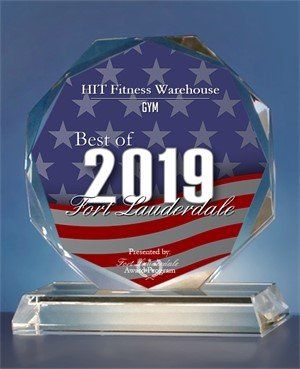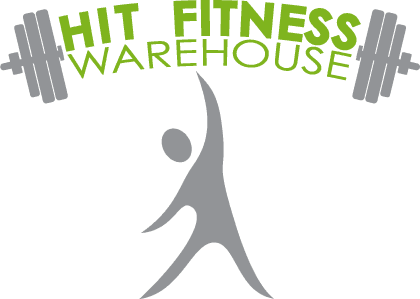8 SMART STRATEGIES FOR A SUCCESSFUL WORKOUT
How’s your workout routine holding up thus far in 2018? Here are five smart strategies, plus 3 more, to consider to help boost your fitness levels and promote a successful workout , time and time again!
ADVOCARE RENEW is a blog that has some of the top medical professionals in the WORLD that post case studies, experiences, Nutrition, Health and Wellness Tips. A recent blog post that Lynnetta Bonsu, MPH, CPH, CHES wrote on February 11, 2018 , was 5 Smart Strategies For a Successful Workout. I continued with 3 more importatnt strategies that I feel can make a huge difference in your workout experiences, and they are all being offered in our Revolutionary Great8 Challenge coming up on March 5th.
1) Create a workout plan.
Engaging in any type of physical activity is beneficial for your health, but starting every workout with an established plan can help lead you to success and reach your fitness goals. Having a specific purpose each time helps you correspond your workouts to your exact goals, which not only saves time, but also holds you accountable.
The Centers for Disease Control and Prevention (CDC) recommends adults engage in at least 150 minutes per week of moderate-intensity physical activity and at least two days of muscle-strengthening activities, which comprise of all major muscle groups (legs, hips, back, abdomen, chest, shoulders and arms). First, consult with your physician before starting any new workout plan/exercise routine. Next, study your weekly schedule and identify days/times where your schedule allows time to fit in workouts based on these weekly physical activity recommendations.
Select a few aerobic activities which allow you to reach the CDC’s recommended target heart rate of 50 to 70 percent of your maximum heart rate. You can calculate your maximum heart rate by simply subtracting your age from 220 (CDC, 2017).
Examples of typical aerobic activities include swimming, cycling, jogging, kickboxing and hiking. Distribute your activities of choice throughout the week until you reach a minimum of 150 minutes. The duration of each activity largely depends on your schedule and targeted goals.
A common practice for implementing muscle-strengthening activities is to follow a training split. Conventional training splits like full body, push-pull, upper-lower body splits, etc. Alternating resistance and aerobic workouts may be best to allow complete recovery for major muscle groups. For example, assign Mondays, Wednesdays and Fridays for aerobic exercises; and Tuesdays and Thursdays for resistance training.
*Why should this be another something that you have to worry about, the G8C has this covered for you and is 100% customized to your needs and goals!
2) Warm-up and recover.
Rather than jumping straight into a workout, reserve five to 10 minutes for a quick warm-up before exercising. Warm-ups encourage the circulation of oxygenated blood and gradually increases body temperature to “warm up” the muscles. On the flip side, cooling down immediately after a workout promotes a gradual decrease in heart rate and body temperature to normal levels (Mayo Clinic, 2018).
Recovery is often viewed as a method to lessen the soreness from an intense, successful workout. However, proper recovery also entails the return to homeostasis at the cellular level, the stabilization of blood pressure, in addition to the replenishment of energy stores that are depleted during intense physical activity (Jeffreys, 2005).
The recovery process begins during exercise itself where adenosine triphosphate (or ATP for short) is resynthesized, intramuscular pH is restored and blood flow is increased for rapid oxygen delivery (Weiss, 1991). Post-exercise recovery consists of normalizing body temperature, blood circulation, ventilation levels and an increase in excess post-exercise oxygen consumption (EPOC) (Borsheim & Bahr, 2003).
Incorporating recovery practices in your weekly workout routine can enhance your overall performance and remedy the effects of physical stress from exercise. Active recovery consists of low-impact exercises like walking or yoga to stimulate blood flow, especially after a strenuous workout . Passive recovery involves no exercise and are also essential for complete recovery, especially after an injury. The duration of your recovery will be determined by the amount of stress exerted on the body during the last workout. Typically, each large muscle group requires two to three days of rest (Rhea et.al, 2003).
* Great8 Challenge develops specific movement prep warm ups for each individual participating in the challenge. This plays a HUGE role with whether your workout will be a 'kick ass session' or a 'blah-session'.
3) Strengthen your core.
When you think of your “core,” the first thoughts that possibly come to mind are terms like “abs,” “crunches” and “planks.” Our core is in fact a collection of five muscle groups, all of which provide movement, support and stabilization to our spine:
- Rectus abdominis
- Erector spinae
- Internal/external obliques
- Transverse abdominis
- Multifidi
The purpose of strengthening the core is not to attain chiseled abdominals, but rather to achieve and maintain core stability in order to enhance our performance during a workout. Most activities we perform depend on core engagement – from squats, deadlifts and jogging to carrying out household chores like vacuuming or doing laundry. It is essential to integrate various core strengthening exercises to target all areas of the core.
*Every Great 8 workout will integrate 3 core-specific movements in EVERY workout guaranteed!
4) Stay hydrated.
Proper hydration is a key factor to ensuring your body performs at an optimal level, which is essential to achieving a successful workout. Water, the most vital source of life, helps regulate body temperature and maintain homeostasis during physical activity. During exercise, your body temperature rises and stimulates sweat glands to excrete sweat to help cool your body down and keep you from overheating.
In addition to physical activity, factors such as climate, body size and genetics play a role in how much an individual sweats. Sweat is comprised of water and electrolytes like sodium and potassium, which help, maintain proper water balance and blood pH.
Adequate hydration before, during and after exercise can help replenish essential nutrients and potentially reduce the risk of dehydration, and poor performance during your workout. Although there is (currently) no consensus on an official recommendation, the National Academies of Sciences, Engineering, and Medicine suggests men consume 15.5 cups (124 ounces) of fluids per day and women consume 11.5 cups (92 ounces) of fluids per day (including water consumed via fruits and vegetables). Consider incorporating an electrolyte replacement drink to replenish minerals and electrolytes lost through sweat.
*Guys this is a no-brainer...You will have your very own Meal plan and Nutrition Guide and Nutrition Cheat Sheet customized to your goals with the Great 8 Challenge.
5) Find an accountability partner.
If you have had difficulty sticking to a workout plan and/or attaining your fitness goals in the past, having an accountability partner may help inspire you to persevere through your workouts. While some people may prefer to work out alone, others may benefit by involving a friend and/or family member in their fitness journey. Adopting this tactic can offer additional support and motivation towards staying on the right path towards accomplishing your goals.
When selecting an accountability partner , look for someone who is optimistic, dedicated and dependable , and with similar fitness goals. Be open and honest about any fears, failures or frustrations during your journey so they can properly lend support when needed. Likewise, share your documented progress with others to celebrate each milestone.
Which smart strategy will you commit to implementing into your fitness routine this year? Which strategies have you already put into practice for promoting a successful workout?
*The Great8 Challenge is your ACCOUNTABILITY partner!
PLUS THREE.......
6. Metabolic Strength Training.
Anyone who is up for the GREAT8 Challenge will be provided with a Prescribed workout Schedule based off your specific needs and goals. There will be specific strength work we will ask you to complete and specific High Intensity Training classes we will require for you to take as part of the Great 8 requirements to win your trip to VEGAS!
7. Your Nutrition Plan
While most transformation challenges just provide workouts we want to get you serious results. To get serious results you need to eat proper nutrition to fuel your body, not starve it.
During the G8C program, we show you exactly what to eat and we make it simple. NO MORE GUESSING.
8. Track Your Results
We hold you to a higher standard than you may hold yourself, because if you're not being held accountable to someone only YOU know if you did, or did not, workout.
We do the most extensive and consistent progress tracking with our clients. That way, we always know whats working and whats not. You can expect us to take before and after pics (don't be scared) and for us to take measurements regularly.
*Its way easier to make excuses to ourselves, in our own heads, than to our coach. Our entire focus is on getting you results and getting you on that trip to VEGAS baby!!!
WHAT'S YOUR NEXT MOVE?
==> WIN YOUR TRIP TO VEGAS NOW! <==
References
- Borsheim, E & and Bahr, R. (2003). Effect of exercise intensity, duration and mode on post-exercise oxygen consumption. Sports Medicine , 33(14), 1037-1060.
- Centers for Disease Control and Prevention (2017). Physical Activity Basics.
- Jeffreys, I. (2005). A multidimensional approach to enhancing recovery. Strength and Conditioning Journal , 27(5), 78-85.
- Mayo Clinic (2018). Aerobic Exercise: How to warm up and cool down.
- Rhea, M.R., Alvar, B.A., Burkett, L.N., & Ball, S.D. (2003). A meta-analysis to determine the dose response for strength development. Medicine and Science in Sports and Exercise , 35(3), 456-464.
- Weiss, L.W. (2008). The obtuse nature of muscular strength: The contribution of rest to its development and expression. Journal of Applied Sports Science Research , 5, 219-227.
